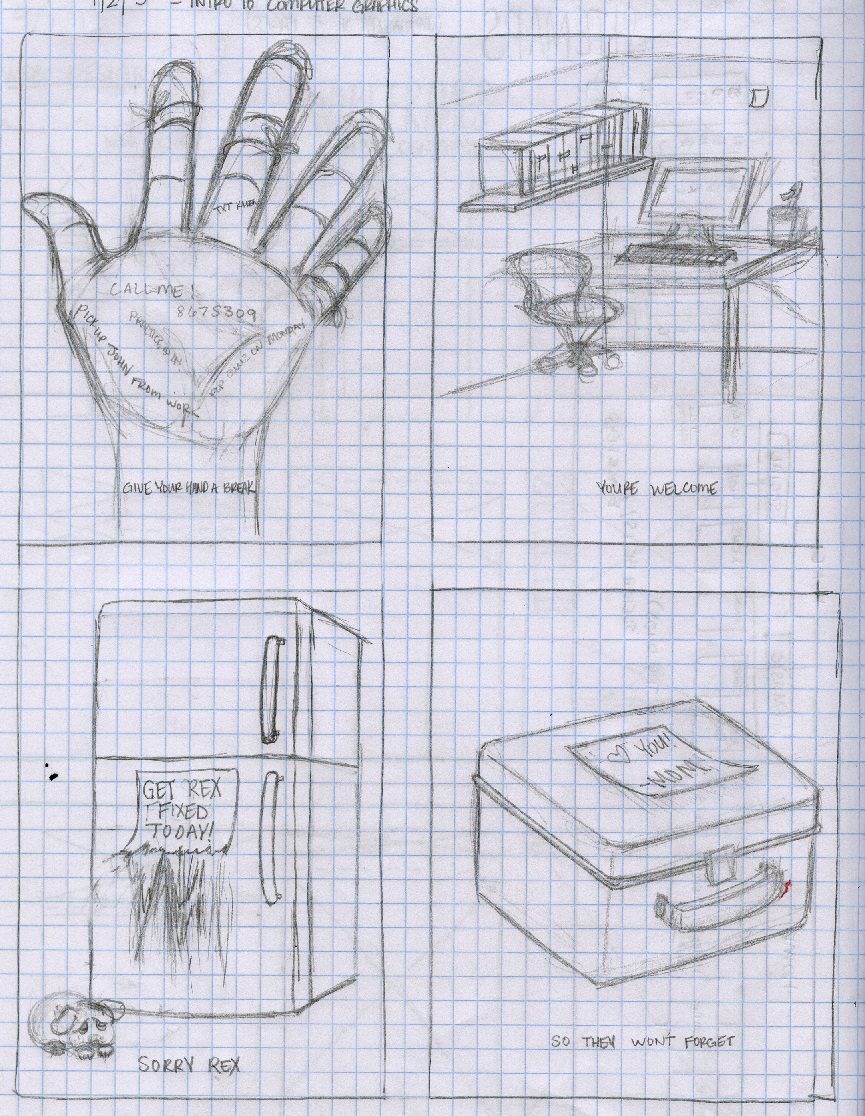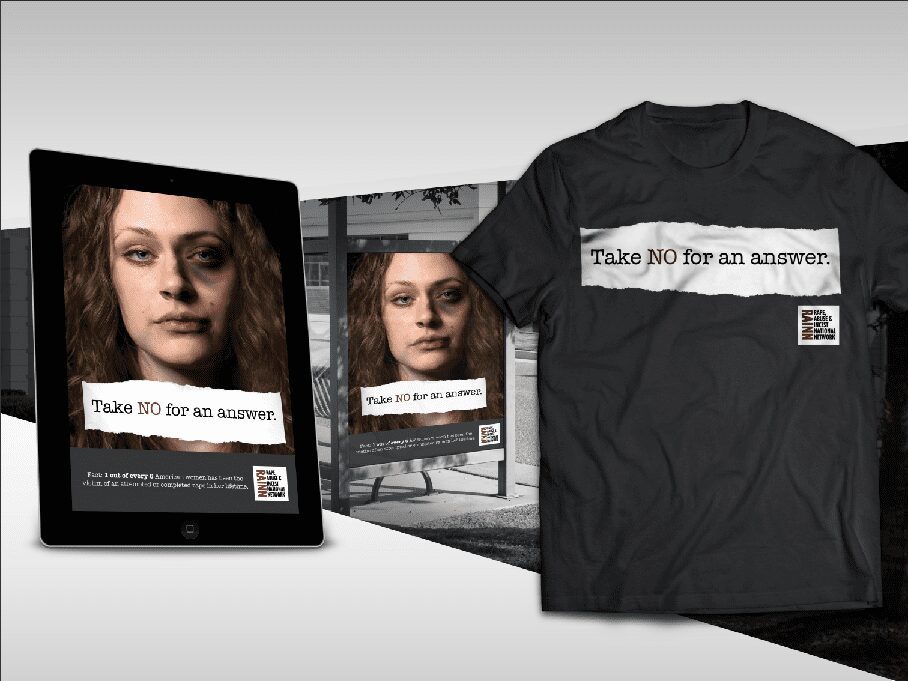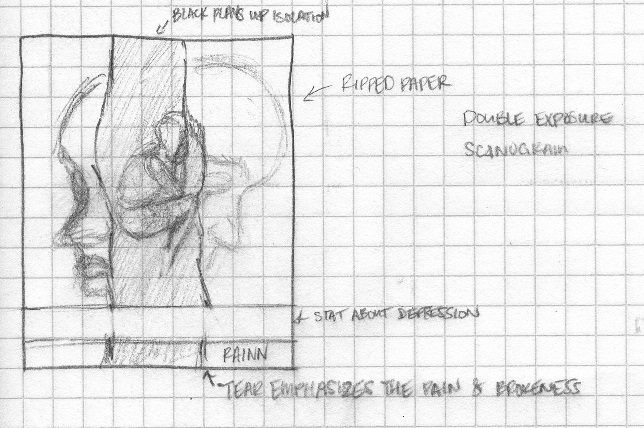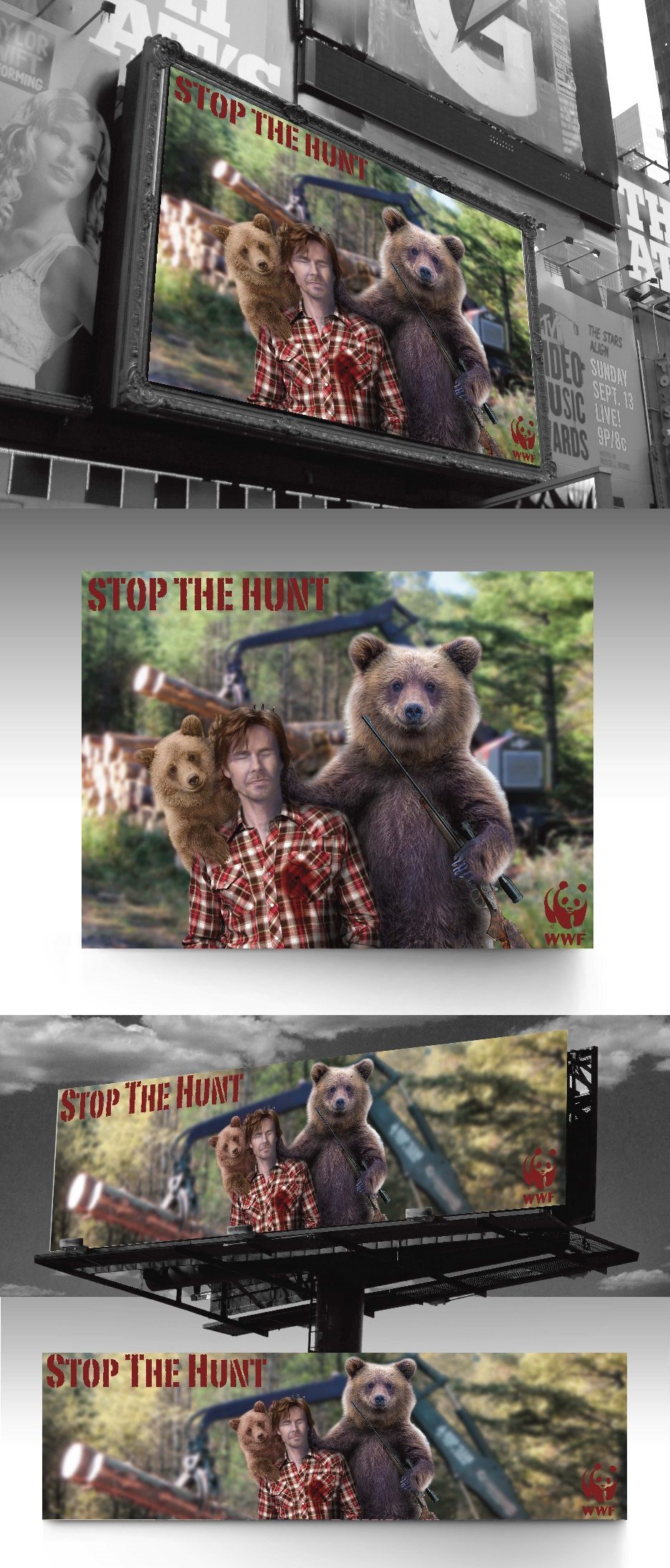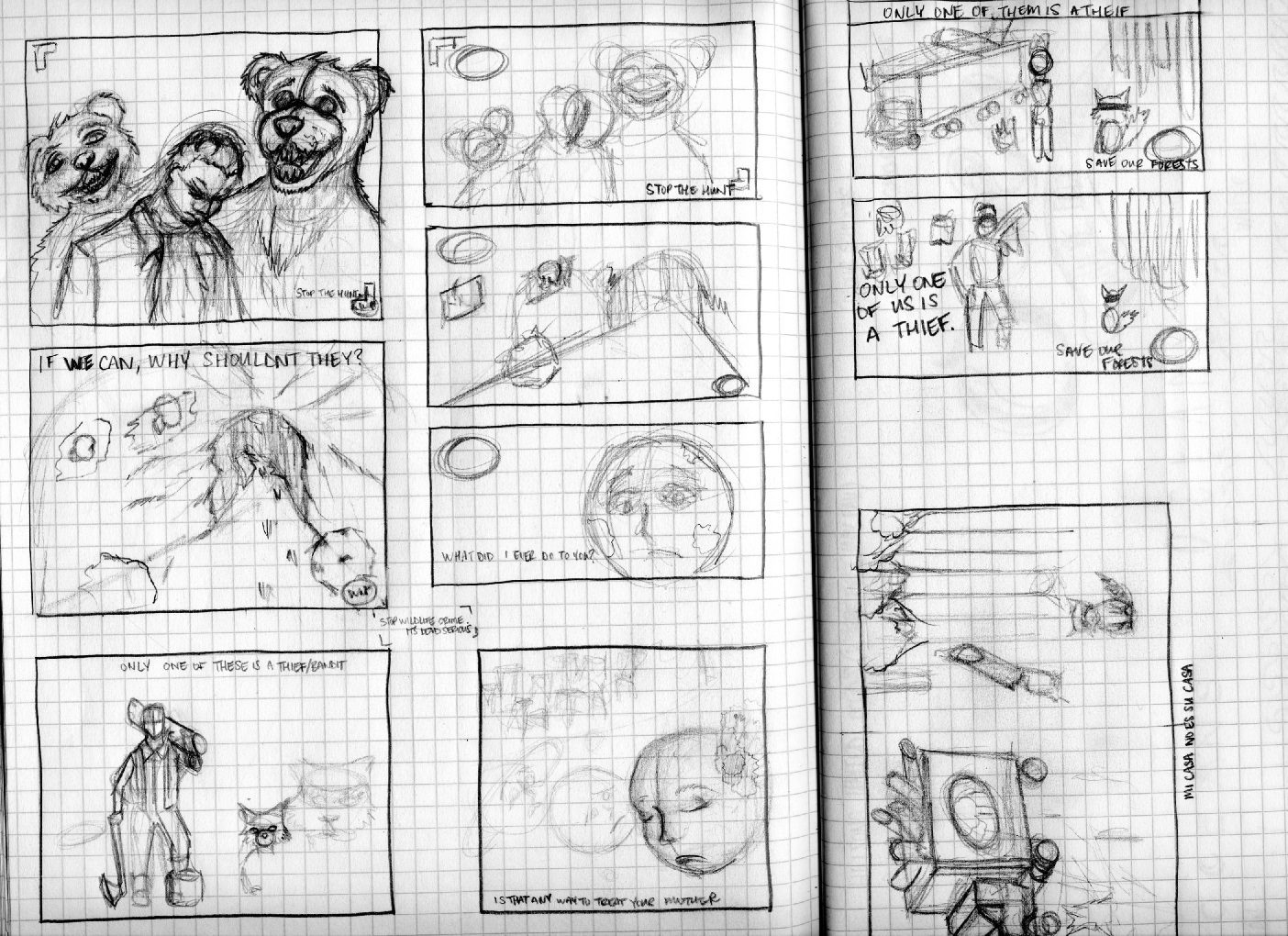Latrice Lawson
Latrice Lawson
Hi Latrice! So first question – how did you get into art? And then how did you decide to enroll at Jackson State for your degree?
Art was something that kind of came naturally to me as a kid, but I also had a passion for helping people. So I was actually torn between psychology and art. I got into the higher-level psychology classes and decided it was not actually for me. I ended up transferring from Mississippi State to Jackson State. When I first started at MSU, I took a lot of their studio classes, but I decided to come back home because it was at the forefront of my mind. It’s like Jackson State was calling to me my whole life – I’m a third generation graduate. I was just trying to fight it because I wanted to see what else was out there.
When I came back to Jackson and started at JSU, it felt more like home. I felt a greater sense of community here than I did at any other college that I attended. Attending Jackson State really was the “a-ha” moment for my career aspirations. I had a professor here who made me aware of a fellowship at an art museum and from there I became aware that you could do graphic design for non-profits. I had never considered that before. I always thought of promotional work for the entertainment industry or large businesses, but I never considered how I could use design to give back to others. That revelation helped to marry my passion for giving to and taking care of other people and the visual arts.
Were you interested in the strong graphic design side of the program?
Yes. I concentrated in graphic design. I’ve always been drawn to movie posters, album art, and great logos. I love the “I heart NY” logo- Milton Glaser did a beautiful job with that. I always liked movie posters by graphic designers, like Saul Bass who did designs for Vertigo and West Side Story. I liked the concept of taking very simple shapes and conveying a very complex message. The visual problem solving side of it was what really drew me to design.
Were your parents supportive of you switching from psychology into art?
I’ve always been very blessed and fortunate to have a mother and father who are fully aware that I can have a career with art. My mom’s parents taught art at middle school and high schools, respectively. They both went to Jackson State and graduated with degrees in art. Even from a young age, my mom knew I was interested in art and would buy me art kits and supplies as gifts. She wanted to foster that because she didn’t get the art bug her parents had. She wanted to support me and made sure that phrases like “struggling artist” were not in my vocabulary
When I came back to Jackson and started at JSU, it felt more like home.
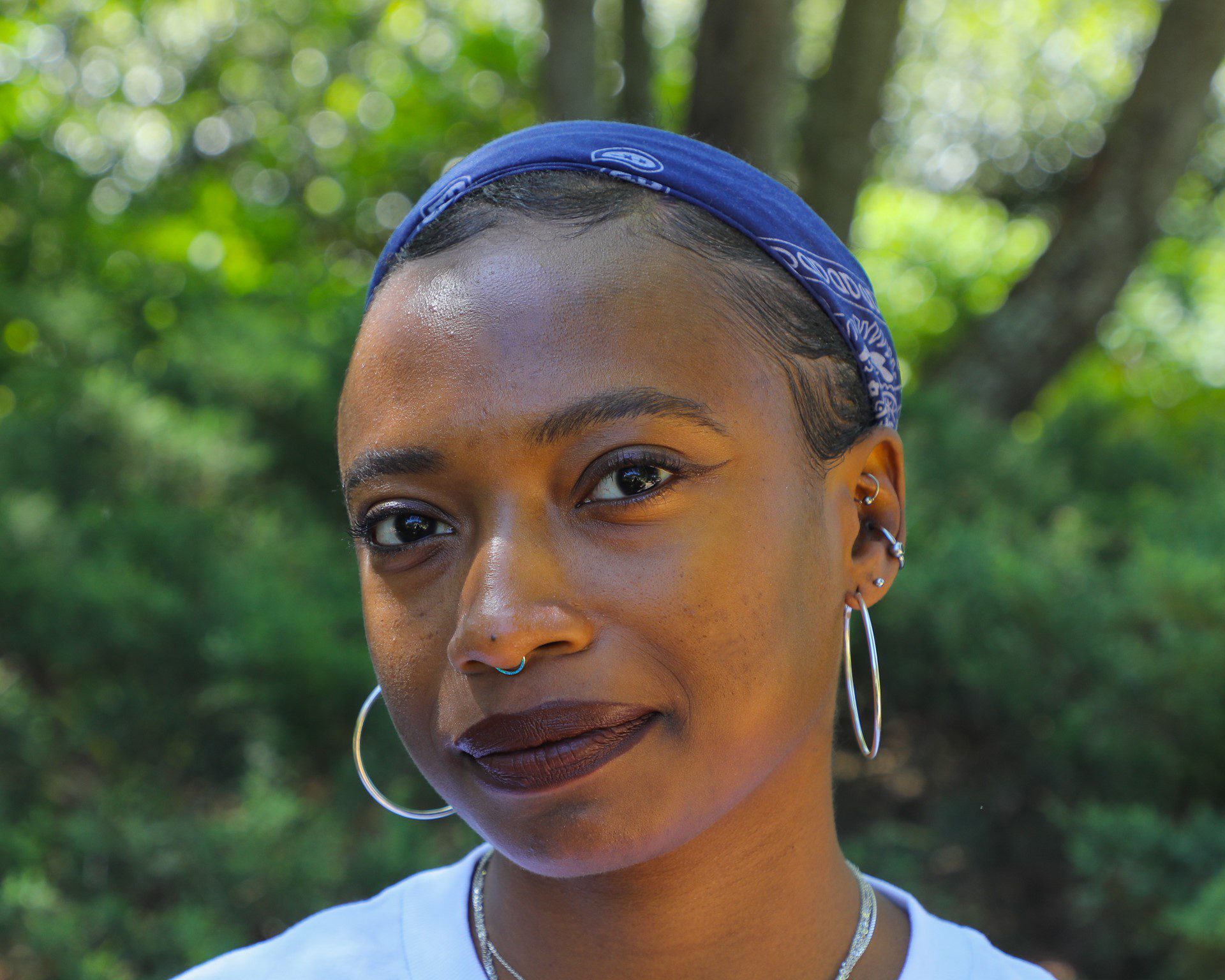
How has your career evolved since graduation?
I’m grateful that there was only a three-month gap between when I graduated and when I started working in my career. I mentioned that I became aware of a fellowship while at Jackson State and it was for the Cleveland Museum of Art in Ohio. I was the Director’s Fellow there and the Education department asked me to stay a little bit longer to help with their teen co-op program after my role ended. When I came back to Jackson State that Fall, I had a design apprenticeship in the PR department. That solidified for me that I wanted to do graphic design for a smaller, local business. I became aware of an internship with the Mississippi Museum of Art through my senior portfolio class at JSU. I applied for that internship and got it. It was for the digitization of the Museum’s permanent collection, in the curatorial department. After that internship, I really wanted to be in their marketing department to use my degree for graphic design. There was a bit of a gap between them needing a graphic designer so I first got hired in curatorial under contract, but then I got hired part-time in marketing. During that three month wait, I prayed A LOT in my free time, kept studying art online, and worked to manifest this career for myself. I thank God for hearing me.
Those are some really amazing fellowship opportunities that we really encourage students to apply for, what kind of skills did you build in those fellowships?
At the Cleveland Museum of Art, I was the director’s fellow, so I was supposed to work in education, but they also knew I was studying graphic design. I was allowed to split my time between the publications and the education department. So in publications, I was proofing copy, editing photos, fact checking details, making in-house family activity booklets and doing small graphics for the website. In the education department, I was doing research, coordinating plans for the teen programs, and trying to come up with cool ideas for events. I think the main skills that I learned were research and time management.
It’s a big museum so being in that environment and seeing how everybody collaborated was eye opening. I told the publications department all the time that it felt like I was in a beehive because everybody was buzzing and trying to get information from one place to the other. So this made things that they taught us at Jackson State, like keeping a process book and contributing to it every week, really necessary and beneficial for my time at the Cleveland Museum of Art.
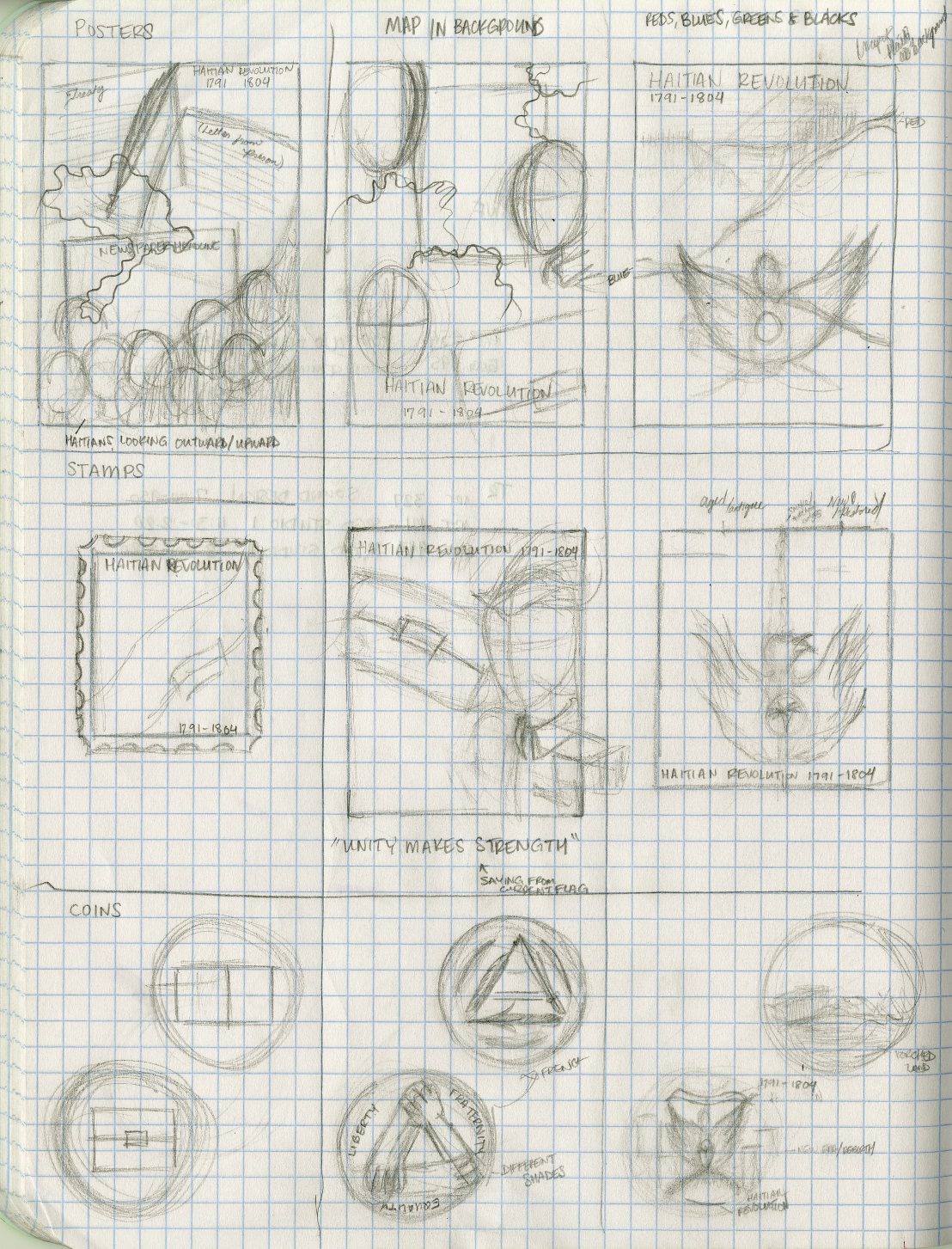
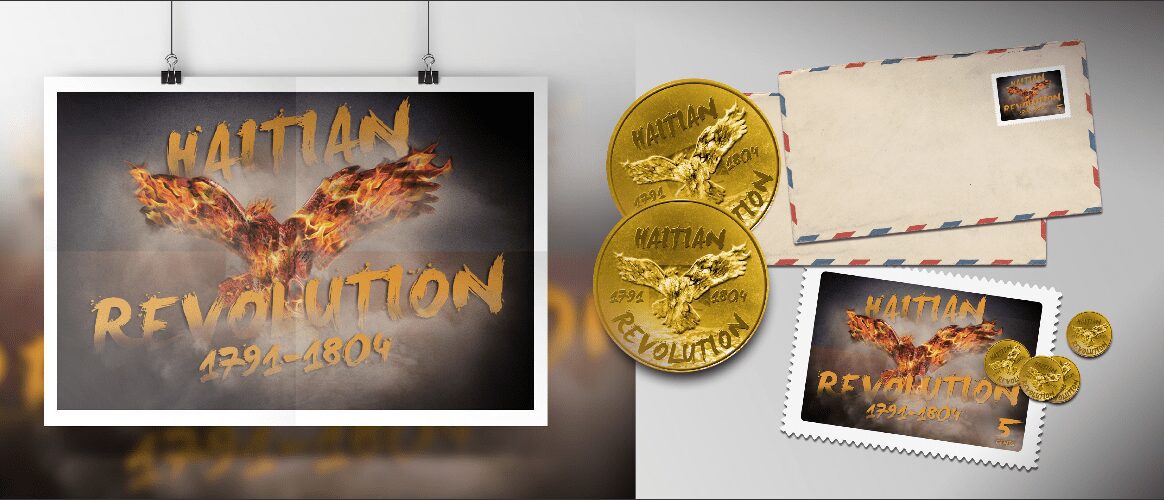
Awesome, that was my next question. What do you think are the main things that you learned during your time here that have helped you in your role?
I mentioned the process books that we had to do for design briefs. So doing our research, presenting our ideas, having mockups, coming back home and working out those designs and ideas ourselves and then presenting them- all that was necessary because it provided a blueprint of how to problem solve visually for clients. And again, that skill of time management, being able to knock out one task and move to the next and knowing that people are relying on me to get certain tasks done takes practice. Also, clear communication. At Jackson State we had to clearly articulate what we wanted to focus on for our assignments. We had to express what we wanted to do, why we wanted to do it, and then get people’s feedback and take criticism to be able to move forward.
A lot of people don’t like critiques, but I think that being in an art department where they have to really dissect all of your artwork, it’s only beneficial. Maybe it’s not always easy in the moment, but I think that at the end of the day, it gives you tougher skin and it makes it easier for you to bounce back if somebody does have any sort of edit or modification to your original concept. I think having to stand in front of my peers and tell them what I cared about and why I wanted to do a project for the World Wildlife Foundation, or why I wanted to have a no hunting campaign, and hearing if they thought it was strange or why they thought it was cool was a great experience. For example, if I was going to create a symbol or logomark I’d get my classmates and professor’s feedback to make sure that it would convey the message that I wanted. Although it sounds good in my head, the feedback from the outside persons can confirm your suspicions or shift your understanding.
What does your current role as Associate Creative Director involve?
Right now it’s a lot of brand work and exhibition promotion. I have the privilege of working with the new Mississippi Museum of Art brand that Ramey designed. I have to implement that design and be quite strict about how it’s used so that nothing skews the idea or the message that this logo is supposed to convey. The great thing about working at places like museums is that they usually have brand standards for me to redirect people to. With brand identity, you have to be consistent when you’re first introducing it.
And then I read that you have you worked on a few projects involving exhibition design as well?
Yes, the museum had an Art and Civil Rights Initiative. It was a partnership with Tougaloo College, where they had a member of museum staff co-curate shows for Tougaloo with their collection. I did some exhibition design for that. Exhibition design is coming up with a look and feel that best conveys what the exhibition’s message is, or the artist’s process. I’m not as well versed as other people at the museum who do it regularly. Usually you make a logo or title design, and once the client agrees on the look that they like the best, you can work out colors and fonts that can be used with it. You can then plan any special icons or features that need to be in the gallery, text labels, anything that would be necessary for the viewer to fully engage with the exhibition effectively.
The exhibition design sets the tone, and I guess it’s partially where the psychology and the sociology come in, because colors make you feel certain things. You want to select different warm or cool colors depending on the message you want to convey. I think it really impacts the way that you then interact with the artwork, such as the direction that your eyes move through space. There’s a designer, Robin Dietrick, who does the majority of the Museum’s exhibition design and she’s brilliant at what she does.
Do you have any advice for our current students who are going through the program?
One, turn your assignments in on time.
Yes! We love to hear that.
Points get deducted if you don’t have your work in by a certain time. So that impacts marks and your marks impact different opportunities sometimes. Whether it’s a fellowship, or your GPA, or if they call out Latin words after your name when you walk across the graduation stage. Do the work. It might seem tedious at times, but it is very much necessary.
Probably the biggest piece of advice is just if you hear no, or if you get a rejection, don’t take that as the end. I applied to a graphic design program and I didn’t get in and it felt like it wasn’t going to work out for me as a graphic designer. Life has a funny way of making sure you still end up where you’re supposed to be if things don’t go according to your plans. I would not have had any of the experiences or be where I am if I had not transferred to Jackson State and started in the Art department.
Do you want to highlight any artists or designers that you are working with or went to JSU with?
Of course. There were a lot of really talented people in my class. There’s Brittany Calhoun, Daria Davis, Donald Sutton, also Ally Durr, Aron Smith and Alex Crocket were a class behind me.
Do you have a favorite work of art at the moment that you would encourage people to check out?
Oh my gosh. I really like the drawings of Giacometti. I like how he plays with proportion, but it still feels very natural. They are very sketchy and rough in texture. I’ve been thinking about them a lot. There’s also Linda McCartney. She’s a photographer and I recently got a book of hers full of Polaroid photography. I take a lot of Polaroids myself, so it’s interesting for me to see what other people choose to document or focus on.
I’m always gonna stan for Jamea Richmond-Edwards and Felandus Thames. They’re both JSU alumni and getting national recognition for their amazing art- please look them up!
Thanks so much to Latrice Lawson for her time and for this wonderful conversation!
Latrice Lawson graduated with a BA in Art from Jackson State University in 2016. She is currently the Associate Creative Director at the Mississippi Museum of Art and a practicing artist and designer. For more information and to contact Latrice, visit www.latricelawson.com


